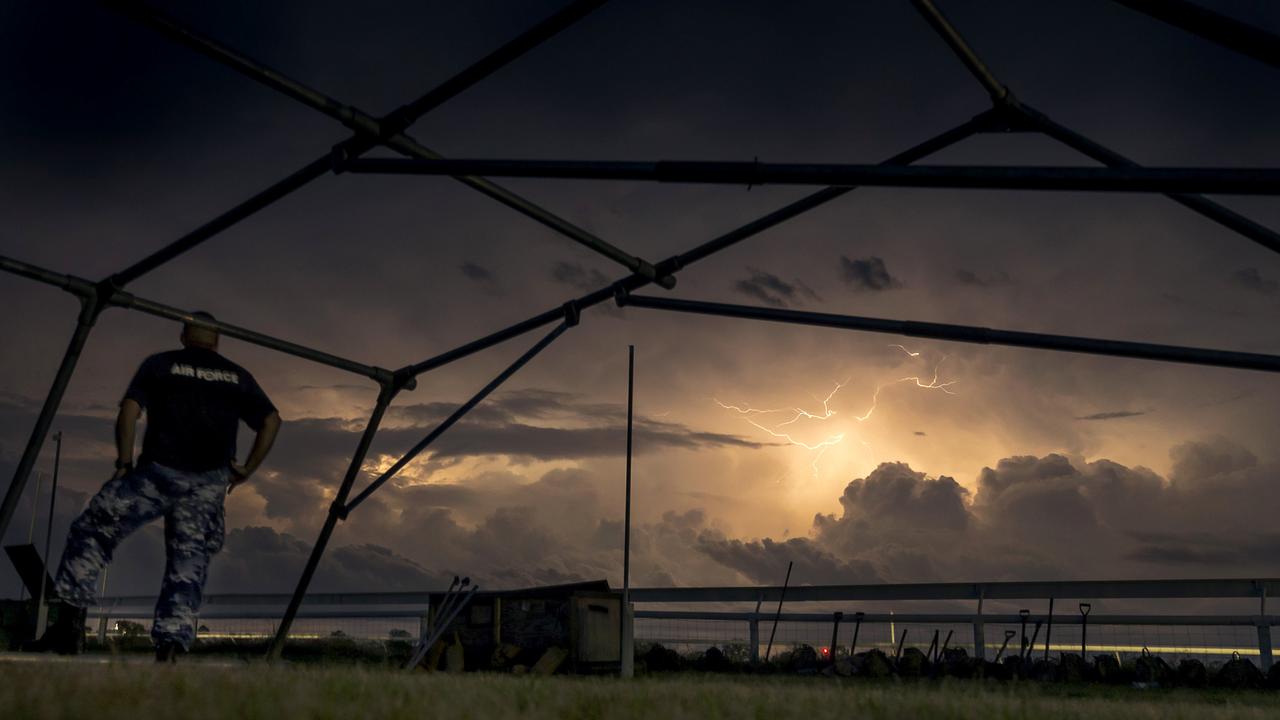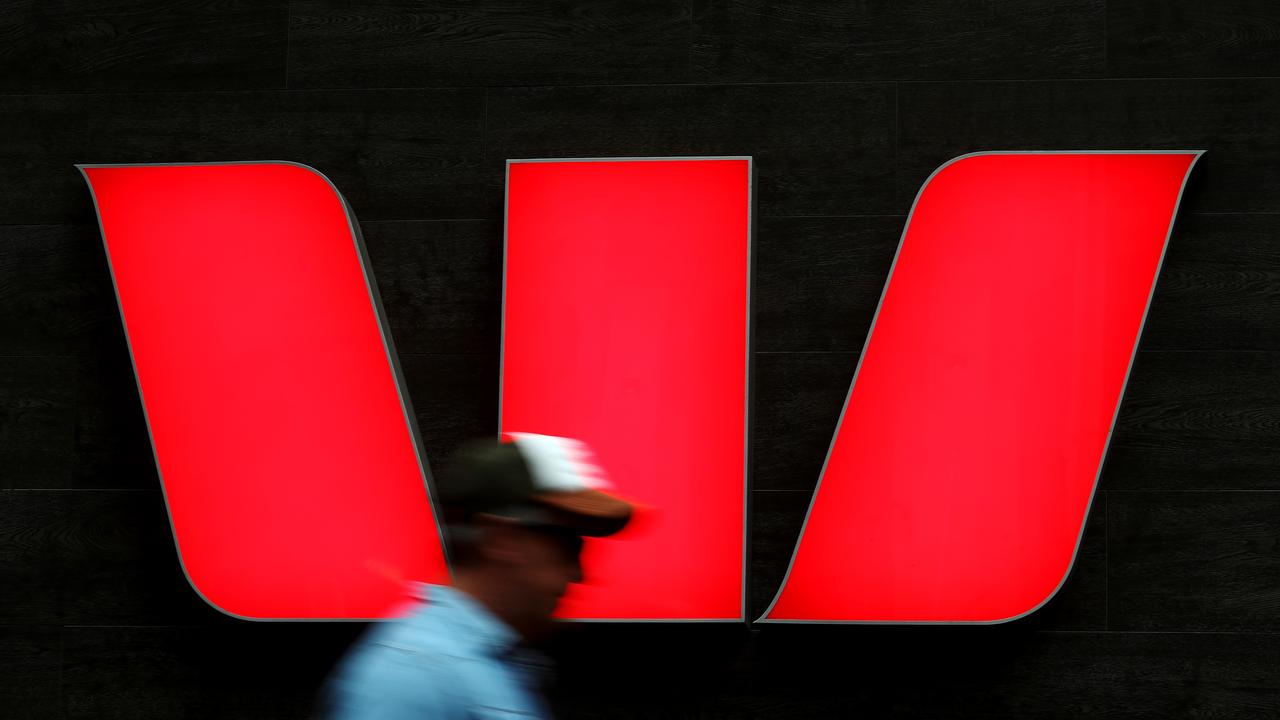Qantas buys itself breathing space
THE Qantas announcement it will repay $450m of debt ahead of schedule appears to be part of a major restructuring of its borrowings.
THE Qantas announcement it will repay $450 million of debt ahead of schedule appears to be part of a major restructuring of its borrowings for the massive and traumatic next wave of restructuring it is embarking on.
It is the second early repayment of debt Qantas has made this month, after repurchasing $US254m of debt in an earlier transaction. It has funded the repayments from the proceeds of two recent unsecured note issues that raised about $700m, in effect repaying debt with debt.
The point of the exercise isn’t about debt reduction but a lengthening of its maturity profile. The debt Qantas is buying back was due to mature in April next year and forms part of about $1.6 billion of borrowings that would have matured between 2015 and 2017.
Given that Qantas’s restructuring involves carving another $2bn from its cost base over the next three years and that about 4000 of the 5000 reductions in its workforce are scheduled to occur by the end of the 2014-15 financial year, those maturities represented a threat to the carrier’s stability during a period when there will be enormous disruption occurring within the business, as well as the heavy upfront cost of funding the change program.
Qantas now has no debt maturing next financial year and has almost halved the amount it will have to repay in the 2016 financial year and, indeed, over the three years to the end of the 2017 financial year.
At present it has strong liquidity, with about $3bn of cash and undrawn facilities, and it also has the option of selling and leasing back a portion of its fleet.
Since 2010, it has added 31 new unencumbered planes to its balance sheet and between 2014 and 2017 another 49 mid-life aircraft will be unencumbered.
The debt repayments give it more flexibility, while the successful issues of unsecured notes — including the first Australian issue of high-yield notes — says the group is having no difficulty accessing local debt markets.
The new transformation program, which was forced on Qantas by the $250m it lost in the first half of this year and expectations that it could lose twice that much in the second half, will get under way in a slightly calmer market environment than it was operating in last year when it announced the plan.
While it would be premature to say that hostilities in the domestic aviation market have ceased, both Qantas and Virgin have stopped pushing extra capacity into a market that already had overcapacity.
Qantas has said it plans to freeze capacity at current levels for at least the first three months of next financial year and, while Virgin hasn’t declared its hand, it has actually shrunk capacity slightly in its main brand in recent months.
It has been adding capacity to the Tiger Australia brand, but that is off a very small base.
Given the decline in consumer confidence and spending that has emerged since the federal budget, and the haemorrhaging the two carriers are already experiencing — between them their full-year losses will probably approach $1bn — it would be irrational and near-suicidal for them to reignite a capacity war.
Even in a bad year, the domestic aviation industry profit pool is probably above $500m and perhaps closer to $700m, so rational competition ought, over time, to stem the domestic losses of both the carriers and provide a core of stability for Qantas as it undertakes its restructuring.
If there is another outbreak of irrationality, the breathing space created by the restructuring of its borrowings would remove, or at least defer, that other source of threat to its stability.
Stephen Bartholomeusz is a columnist for Business Spectator. Visit businessspectator.com.au


